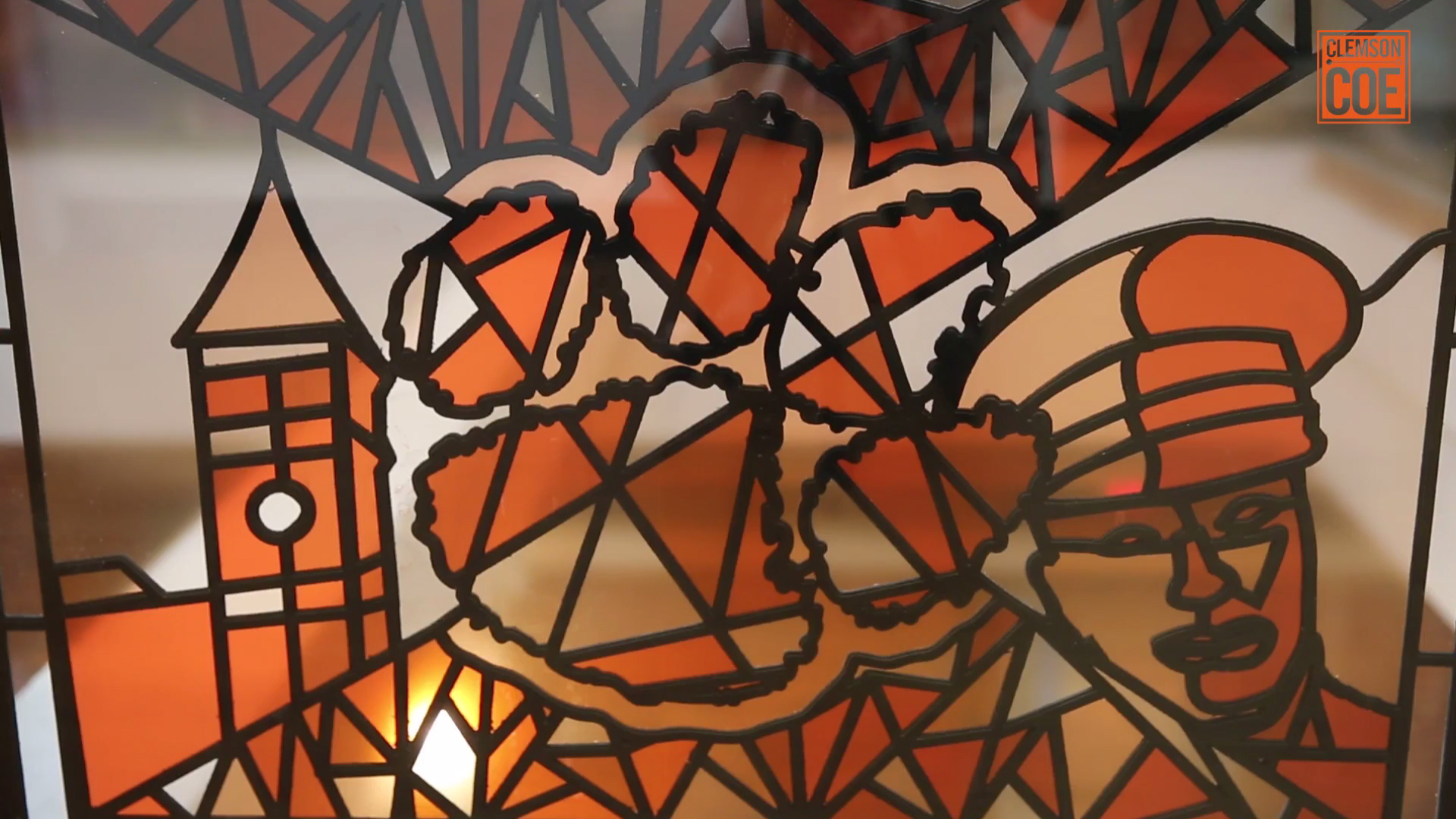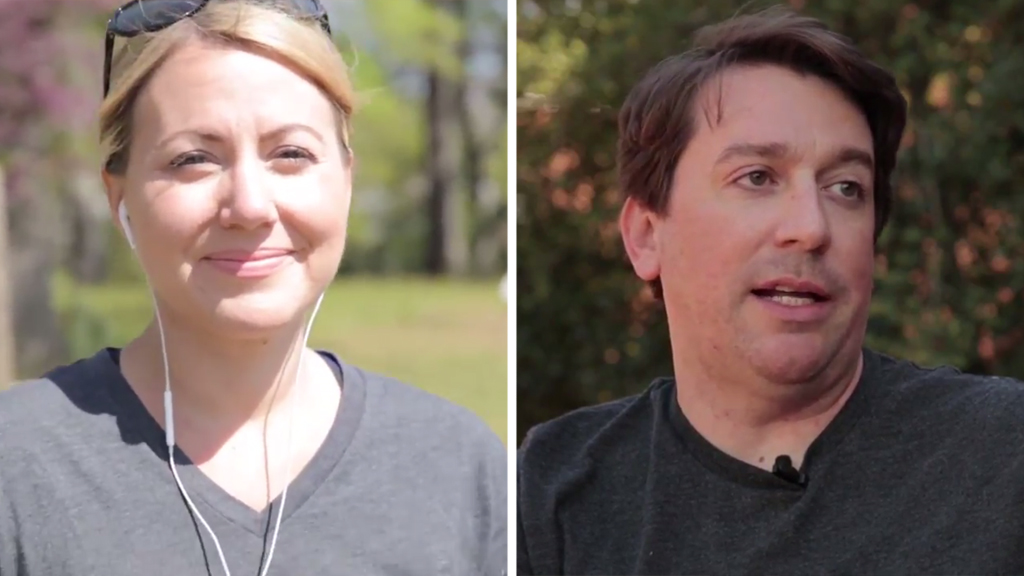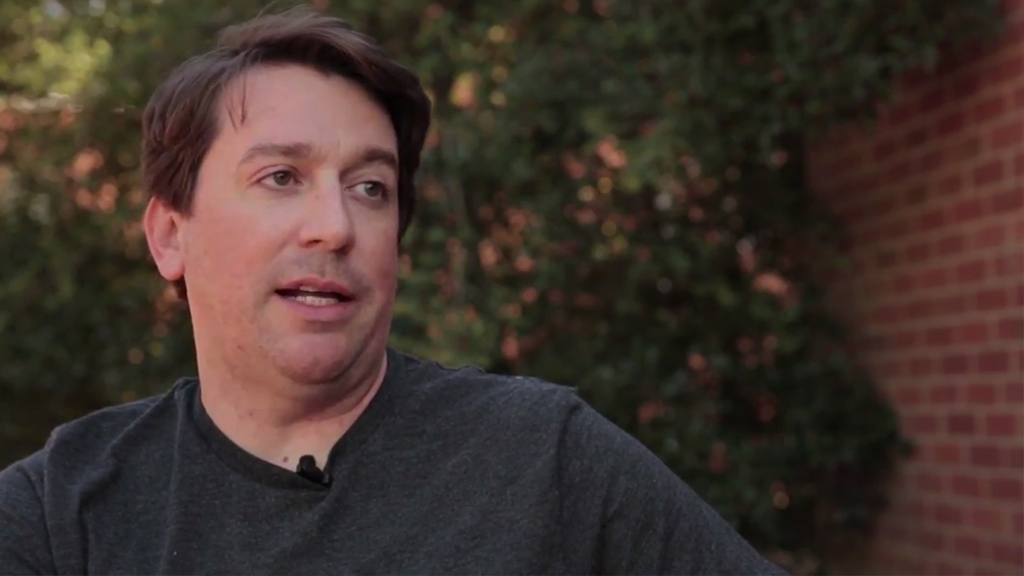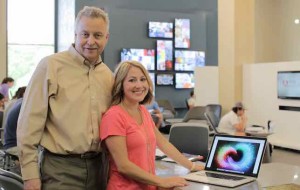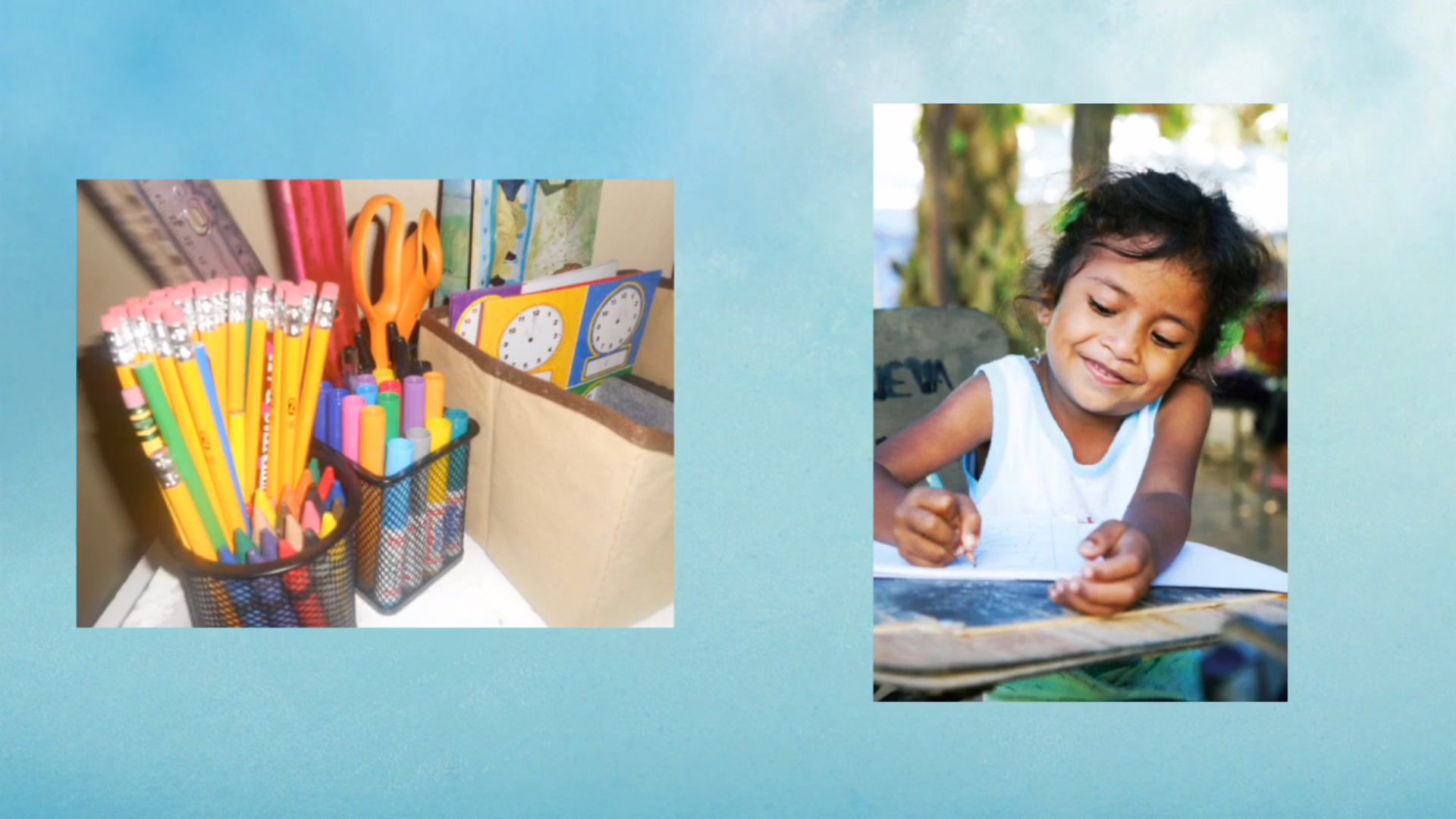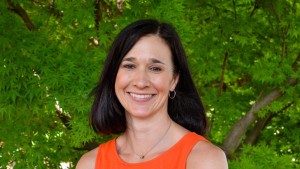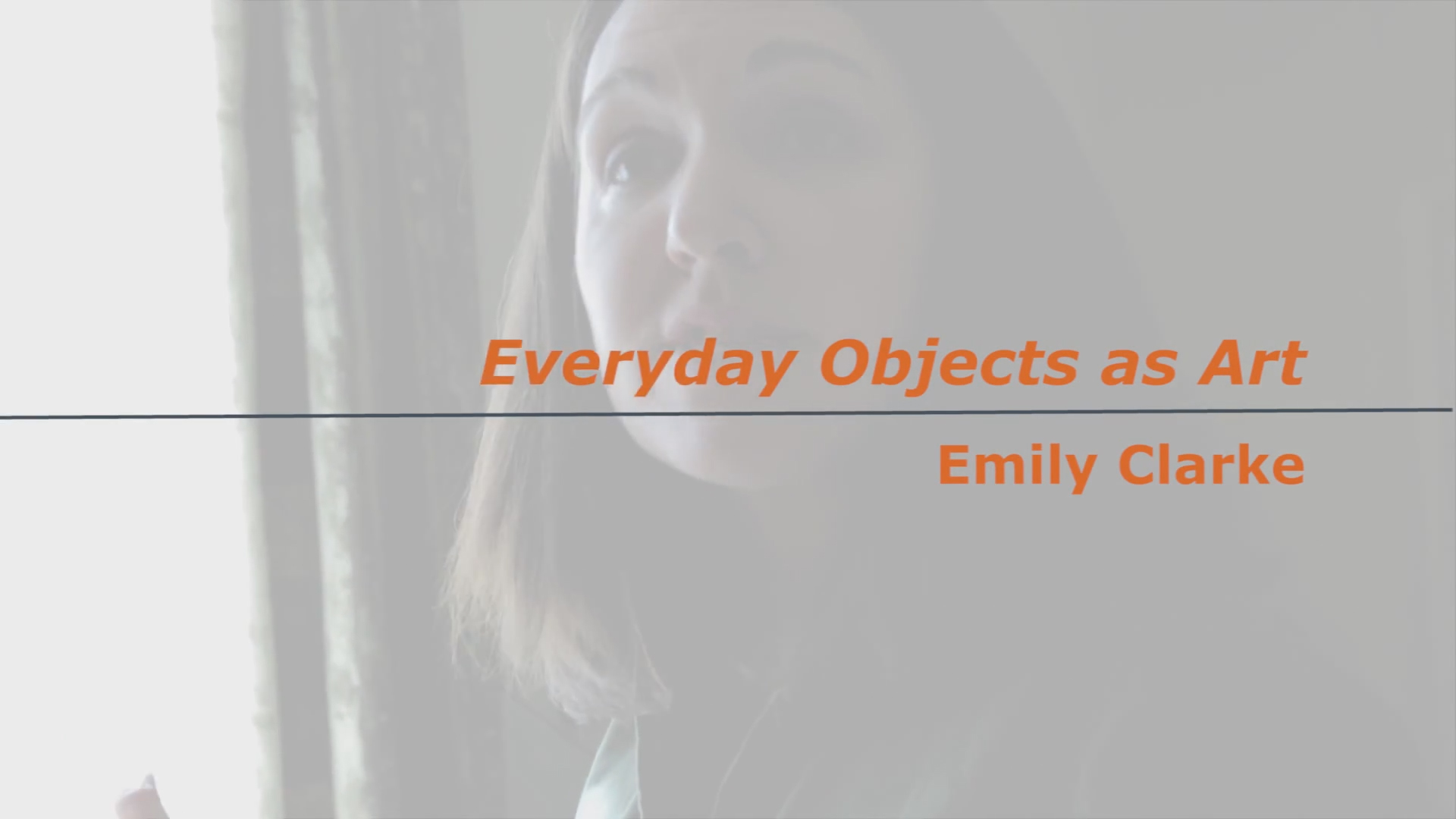[av_one_full first min_height=” vertical_alignment=” space=” custom_margin=” margin=’0px’ padding=’0px’ border=” border_color=” radius=’0px’ background_color=” src=” background_position=’top left’ background_repeat=’no-repeat’ animation=”]
[av_image src=’http://coe.clemson.edu/wp-content/uploads/2016/04/slate-1030×413.png’ attachment=’4347′ attachment_size=’large’ align=’center’ styling=” hover=” link=” target=” caption=” font_size=” appearance=” overlay_opacity=’0.4′ overlay_color=’#000000′ overlay_text_color=’#ffffff’ animation=’no-animation’][/av_image]
[/av_one_full]
[av_one_full first min_height=” vertical_alignment=” space=” custom_margin=” margin=’0px’ padding=’0px’ border=” border_color=” radius=’0px’ background_color=” src=” background_position=’top left’ background_repeat=’no-repeat’ animation=”]
[av_textblock size=’16’ font_color=” color=”]
Center of Excellence Digital Creativity Scholars have pushed their students to incorporate new technology into their work. Many have turned to Adobe’s Slate presentation tool as a way to educate others on topics ranging from juvenile solitary confinement, how religious beliefs color perception and the racial diversity at Clemson. Below, find several presentations from Clemson University class assignments.
[/av_textblock]
[/av_one_full][av_section min_height=” min_height_px=’500px’ padding=’default’ shadow=’no-shadow’ bottom_border=’no-border-styling’ id=” color=’main_color’ custom_bg=’#f2f2f2′ src=” attachment=” attachment_size=” attach=’scroll’ position=’top left’ repeat=’no-repeat’ video=” video_ratio=’16:9′ overlay_opacity=’0.5′ overlay_color=” overlay_pattern=” overlay_custom_pattern=”]
[av_one_half first min_height=” vertical_alignment=” space=” custom_margin=” margin=’0px’ padding=’0px’ border=” border_color=” radius=’0px’ background_color=” src=” background_position=’top left’ background_repeat=’no-repeat’ animation=”]
[av_image src=’http://coe.clemson.edu/wp-content/uploads/2016/04/we-are-1030×579.png’ attachment=’4344′ attachment_size=’large’ align=’center’ styling=” hover=” link=’manually,https://slate.adobe.com/cp/jMbqF/’ target=’_blank’ caption=” font_size=” appearance=” overlay_opacity=’0.4′ overlay_color=’#000000′ overlay_text_color=’#ffffff’ animation=’no-animation’][/av_image]
[/av_one_half][av_one_half min_height=” vertical_alignment=” space=” custom_margin=” margin=’0px’ padding=’0px’ border=” border_color=” radius=’0px’ background_color=” src=” background_position=’top left’ background_repeat=’no-repeat’ animation=”]
[av_textblock size=” font_color=” color=”]
“We(Sort of). Are. Clemson.” by Erin Smith
“It is safe to say that Clemson is primarily a white university, diversity is not one of the school’s strengths right now; it has even been stated that Clemson, ‘…has the smallest share of African-American students of any public four-year S.C. college,’ (Shain, 1). Not to mention issues like the refusal to change the name of Tillman Hall and racist actions like the ‘Cripmas’ fraternity party (Shain, 1). Regardless of what side of these controversies people choose to be on, it is easy to see why a black student at Clemson would feel unheard, and even oppressed.”
[/av_textblock]
[/av_one_half]
[/av_section]
[av_one_half first min_height=” vertical_alignment=” space=” custom_margin=” margin=’0px’ padding=’0px’ border=” border_color=” radius=’0px’ background_color=” src=” background_position=’top left’ background_repeat=’no-repeat’ animation=”]
[av_textblock size=” font_color=” color=”]
“Locked Up: The Effects of Solitary Confinement” by Lindley Russell
“Solitary confinement is a destructive practice that is commonly overused in United States prisons. In today’s society, solitary confinement is often abused and transformed from an adequate form of punishment to a cruel and unusual act of violence and violation of one’s rights. ‘There are many ways to destroy a person, but one of the simplest and most devastating is through prolonged solitary confinement.’ Prisoners in solitary confinement are often subject to incredibly harsh conditions that deteriorate their mental and physical condition resulting in a sort of ‘social death’ (Guenther 253). The practice of solitary confinement as it is executed today is a practice that is in need of major reform.”
[/av_textblock]
[/av_one_half]
[av_one_half min_height=” vertical_alignment=” space=” custom_margin=” margin=’0px’ padding=’0px’ border=” border_color=” radius=’0px’ background_color=” src=” background_position=’top left’ background_repeat=’no-repeat’ animation=”]
[av_image src=’http://coe.clemson.edu/wp-content/uploads/2016/04/solitary-1030×579.png’ attachment=’4345′ attachment_size=’large’ align=’center’ styling=” hover=” link=’manually,https://slate.adobe.com/cp/hNBXe/’ target=’_blank’ caption=” font_size=” appearance=” overlay_opacity=’0.4′ overlay_color=’#000000′ overlay_text_color=’#ffffff’ animation=’no-animation’][/av_image]
[/av_one_half]
[av_section min_height=” min_height_px=’500px’ padding=’default’ shadow=’no-shadow’ bottom_border=’no-border-styling’ id=” color=’main_color’ custom_bg=’#f2f2f2′ src=” attachment=” attachment_size=” attach=’scroll’ position=’top left’ repeat=’no-repeat’ video=” video_ratio=’16:9′ overlay_opacity=’0.5′ overlay_color=” overlay_pattern=” overlay_custom_pattern=”]
[av_one_half first min_height=” vertical_alignment=” space=” custom_margin=” margin=’0px’ padding=’0px’ border=” border_color=” radius=’0px’ background_color=” src=” background_position=’top left’ background_repeat=’no-repeat’ animation=”]
[av_image src=’http://coe.clemson.edu/wp-content/uploads/2016/04/religion-1030×579.png’ attachment=’4346′ attachment_size=’large’ align=’center’ styling=” hover=” link=’manually,https://slate.adobe.com/cp/AX5Mi/’ target=’_blank’ caption=” font_size=” appearance=” overlay_opacity=’0.4′ overlay_color=’#000000′ overlay_text_color=’#ffffff’ animation=’no-animation’][/av_image]
[/av_one_half][av_one_half min_height=” vertical_alignment=” space=” custom_margin=” margin=’0px’ padding=’0px’ border=” border_color=” radius=’0px’ background_color=” src=” background_position=’top left’ background_repeat=’no-repeat’ animation=”]
[av_textblock size=” font_color=” color=”]
“Religious Beliefs Alter Our Lens of Perception” by Khayla Lloyd
“As people interpret or misinterpret their holy text based on the religion they practice, it allows them to have opinions or perspectives on social issues. As the internet evolves and social media becomes a dominating factor in everyone’s life, the perspectives of race change as people begin to over-generalize races based on the religion they represent. Despite the religion people were raised in, religion can alter the perception of race and cause racial bias due to various beliefs and interpretations of their holy text and the ever-changing portrayed images of different religions that over-generalize specific races or ethnicities.”
[/av_textblock]
[/av_one_half]
[/av_section]


